import numpy as np
import matplotlib.pyplot as plt
def make_hist(ax, x, bins=None, binlabels=None, width=0.85, extra_x=1, extra_y=4,
text_offset=0.3, title=r"Frequency diagram",
xlabel="Values", ylabel="Frequency"):
if bins is None:
xmax = max(x)+extra_x
bins = range(xmax+1)
if binlabels is None:
if np.issubdtype(np.asarray(x).dtype, np.integer):
binlabels = [str(bins[i]) if bins[i+1]-bins[i] == 1 else
'{}-{}'.format(bins[i], bins[i+1]-1)
for i in range(len(bins)-1)]
else:
binlabels = [str(bins[i]) if bins[i+1]-bins[i] == 1 else
'{}-{}'.format(*bins[i:i+2])
for i in range(len(bins)-1)]
if bins[-1] == np.inf:
binlabels[-1] = '{}+'.format(bins[-2])
n, bins = np.histogram(x, bins=bins)
patches = ax.bar(range(len(n)), n, align='center', width=width)
ymax = max(n)+extra_y
ax.set_xticks(range(len(binlabels)))
ax.set_xticklabels(binlabels)
ax.set_title(title)
ax.set_xlabel(xlabel)
ax.set_ylabel(ylabel)
ax.set_ylim(0, ymax)
ax.grid(True, axis='y')
# http://stackoverflow.com/a/28720127/190597 (peeol)
ax.spines['top'].set_visible(False)
ax.spines['right'].set_visible(False)
ax.spines['bottom'].set_visible(False)
ax.spines['left'].set_visible(False)
# http://stackoverflow.com/a/11417222/190597 (gcalmettes)
ax.xaxis.set_ticks_position('none')
ax.yaxis.set_ticks_position('none')
autolabel(patches, text_offset)
def autolabel(rects, shift=0.3):
"""
http://matplotlib.org/1.2.1/examples/pylab_examples/barchart_demo.html
"""
# attach some text labels
for rect in rects:
height = rect.get_height()
if height > 0:
plt.text(rect.get_x()+rect.get_width()/2., height+shift, '%d'%int(height),
ha='center', va='bottom')
x = [6,0,0,26,0,0,0,0,5,0,7,0,12,12,0,0,0,3,0,5,5,0,10,4,3,5,1,0,2,0,0,1,0,8,0,
3,7,1,0,0,0,1,1,0,0,0,0,0,7,16,0,0,0,5,41]
fig, ax = plt.subplots(figsize=(14,5))
# make_hist(ax, x)
# make_hist(ax, [1,1,1,0,0,0], extra_y=1, text_offset=0.1)
make_hist(ax, x, bins=list(range(10))+list(range(10,41,5))+[np.inf], extra_y=6)
plt.show()

make_hist attempts to identify if all the values in x are integers. If so, it uses integer-based bin labels. For example, the bin label 10-14 represents the range [10, 14] (inclusive).
If, on the other hand, x contains floats, then make_hist will use half-open float-based bin labels. For example, 10-15 would represent the half-open range [10, 15).


